
The Economic Naturalist
In Search of Explanations for Everyday Enigmas
Published by Basic Books, a subsidiary of Perseus Books LLC
ISBN: 9780465002177
Pages: 240
Read or listen offline
Amazon KindleRecommendation
According to professor Robert H. Frank, economics pedagogy is a scandal. A basic economics course at a university costs thousands of dollars, yet when students are tested six months after their final exams they do little better than those who never took the class. Often they do worse. One study asked students a simple multiple-choice question about opportunity costs. Answering randomly gave the students a 25% chance of being right, yet only 7.4% answered correctly. The students shouldn’t be too embarrassed, though. Out of a sample of economists at a professional gathering, only 21.6% knew the right answer. Fed up with these dismal results, Frank tried something new. He told his students to write short essays applying economic principles to puzzling social phenomena. (“Why do women’s blouses cost more to launder than men’s?” “Why are milk cartons square while soda cans are round?”) The result was engaged students, real learning and this marvelous, popular little book. getAbstract recommends it enthusiastically.
Summary
About the Author
Robert H. Frank is the Henrietta Louis Johnson Professor of Management and Professor of Economics at Cornell University’s Johnson Graduate School of Management.







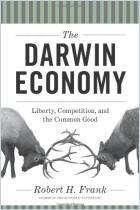
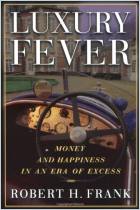
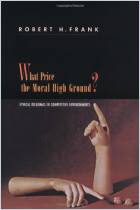


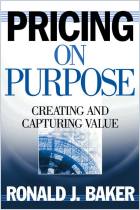


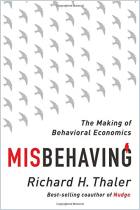


Comment on this summary or Démarrer une discussion